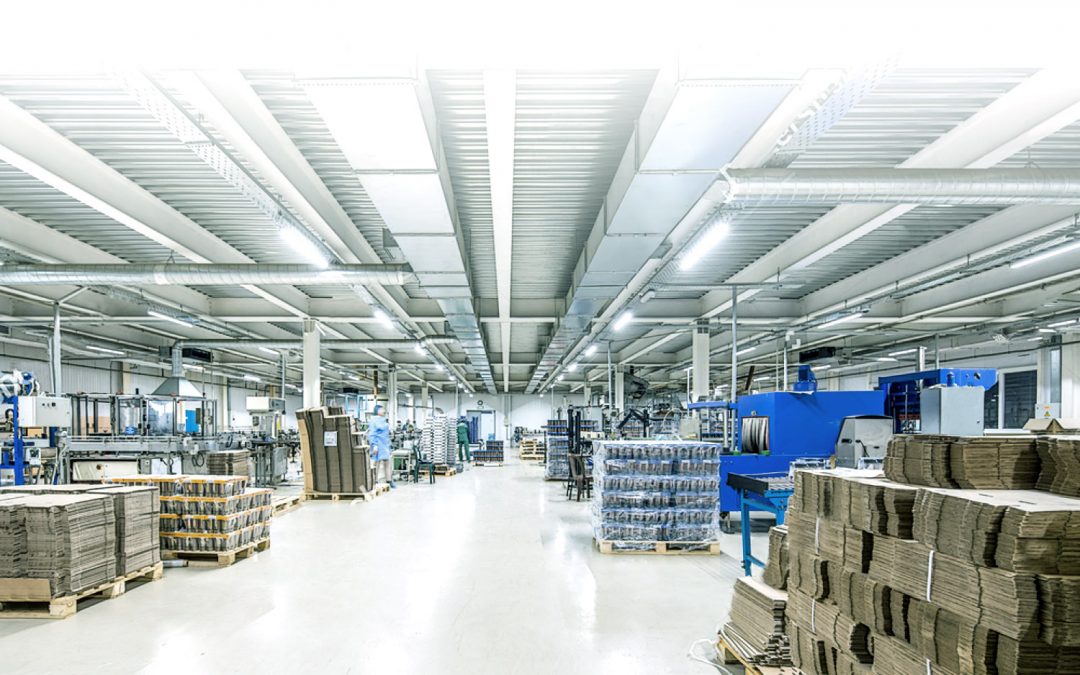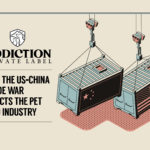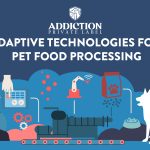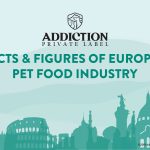As a responsible premium private label, you would want to ensure that your pet food products still have its nutritive value intact. While you can always rely on your private label partner to ensure this, knowing what’s happening and the processes in making pet food will help you determine which is suited for your pet food brand.
There are various processes in making pet food but we will be focusing on two: extrusion and dehydration (also known as raw dehydrated). During these processes, heat is used. And depending on how heat is applied, there’s always a reaction to the ingredients being used in the pet food.
The Maillard reaction
In cooking food, a chemical reaction that happens between amino acids and reducing sugars when heat is present, resulting in the browning of the food and formation of new aromas and flavors, is known as the Maillard reaction.
In pet food processing such as extrusion and dehydration processes, the Maillard reaction is known to “reduce the bioavailability of essential amino acids such as lysine.” The higher the heat, the more nutritive values are lost in the process. That’s why there are pet food processes that try to preserve as much nutrients as possible.
Extrusion
This is a process where a mix of ingredients are forced through an opening of a particular shape and then cut into specific sizes. Cooking of ingredients involves high temperature for a short time to improve the digestibility of the ingredients. This also allows expansion, dehydration, and shaping of the kibbles. Generally, pet foods are extruded using temperatures between 80⁰C and 200⁰C. Vitamins and minerals are added to cover for the loss of other nutrients during the process.
Benefits of extrusion
Because of the high temperature used in extrusion, some fats are degraded. This is good for dogs with pancreatitis where a “reliable level of fat” is needed. Also, the high temperatures destroy pathogens and parasites present in the ingredients before they undergo extrusion. This makes pet food safe for consumption. And because vitamins and minerals are added to it, it ensures that the nutritional needs of the pet are met.
Dehydration
This process is also known as raw dehydrated process as the ingredients used here are either raw or dry or both. It is called as such because water or moisture from the ingredients is removed through a slow, gentle process of using warm air. This keeps the nutritive value of ingredients intact. Pet foods that are dehydrated using high temperatures cannot be considered completely raw but very lightly cooked. For this process, the temperatures should range between 60⁰ and 82.2⁰C.
Benefits of dehydration
“The dehydration procedure helps to begin the digestive process, which makes it far easier on the digestive tract of a pet that is older or simply not accustomed to a raw diet,” according to HealthyCells Magazine. The article further states that “proteins retain their value without breaking down and provide the same benefits” as raw pet food. That being said, dehydration ensures that the pet food is safe and nutritious the natural way.
So what will you go for? Extruded or dehydrated, both processes have its pros. Do your due diligence and see what works for you. Also, better check out a private label partner that can address your needs. Find out what Addiction Private Label offers. You’ll be amazed at what it can do for you and your private label brand.
For further reading:
https://www.petmd.com/dog/nutrition/evr_multi_dry_pet_food?page=2
https://www.ncbi.nlm.nih.gov/pubmed/23916186
https://www.cambridge.org/core/journals/nutrition-research-reviews/article/maillard-reaction-and-pet-food-processing-effects-on-nutritive-value-and-pet-health/E085D3648D6A209003AB4D0DB72DB8B2/core-reader
http://www.healthycellsmagazine.com/articles/advantages-of-dehydrated-pet-food







